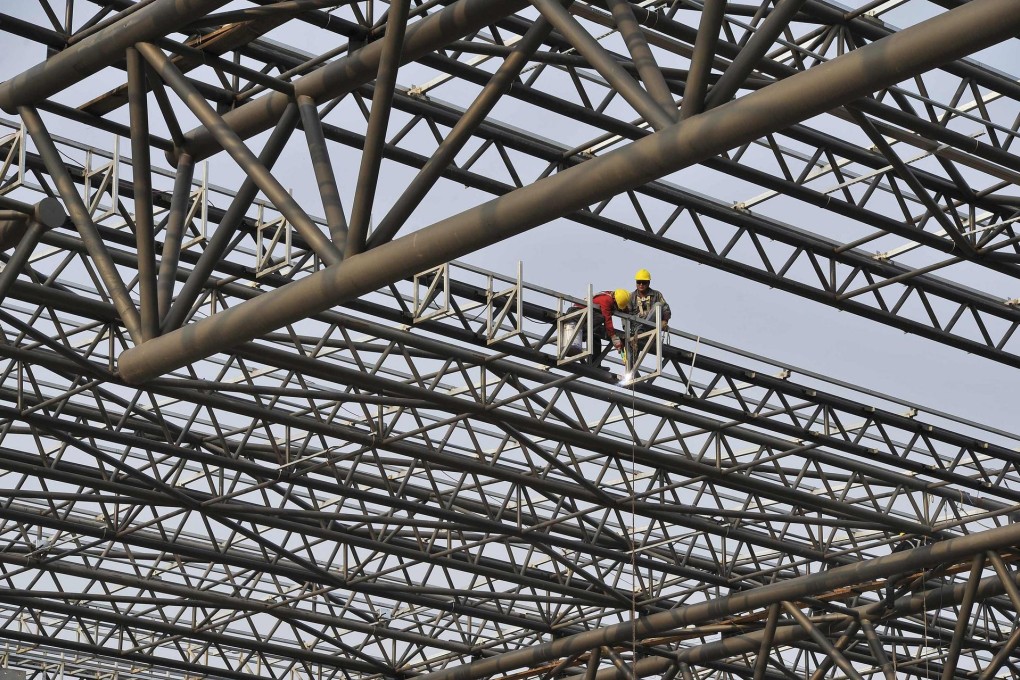Six-year logistics blueprint released
State Council gives go-ahead to mainland port almost doubling its quay length

The State Council has published a sweeping blueprint for developing China's logistics infrastructure and capacity over the next six years, while approving a plan to roughly double the size of the deepwater port in Tianjin in an effort to boost import and export flows.

China's total logistics costs accounted for 18 per cent of gross domestic product last year, more than double the level in developed economies and more than in developing peers such as Brazil and India.
"Industrialisation and urbanisation call for a large-scale, modern logistics service network," the cabinet said.
"The traditional logistics model is no longer sustain- able."
Beijing wants to see logistics costs lowered to 16 per cent of GDP by 2020.
To achieve that goal, the State Council has urged cooperation across different regions and between modes of transport, including the cutting of red tape and toll fees, vertical integration of transport and warehousing operators, and better synergies among seaports, airports, railway lines and expressways.